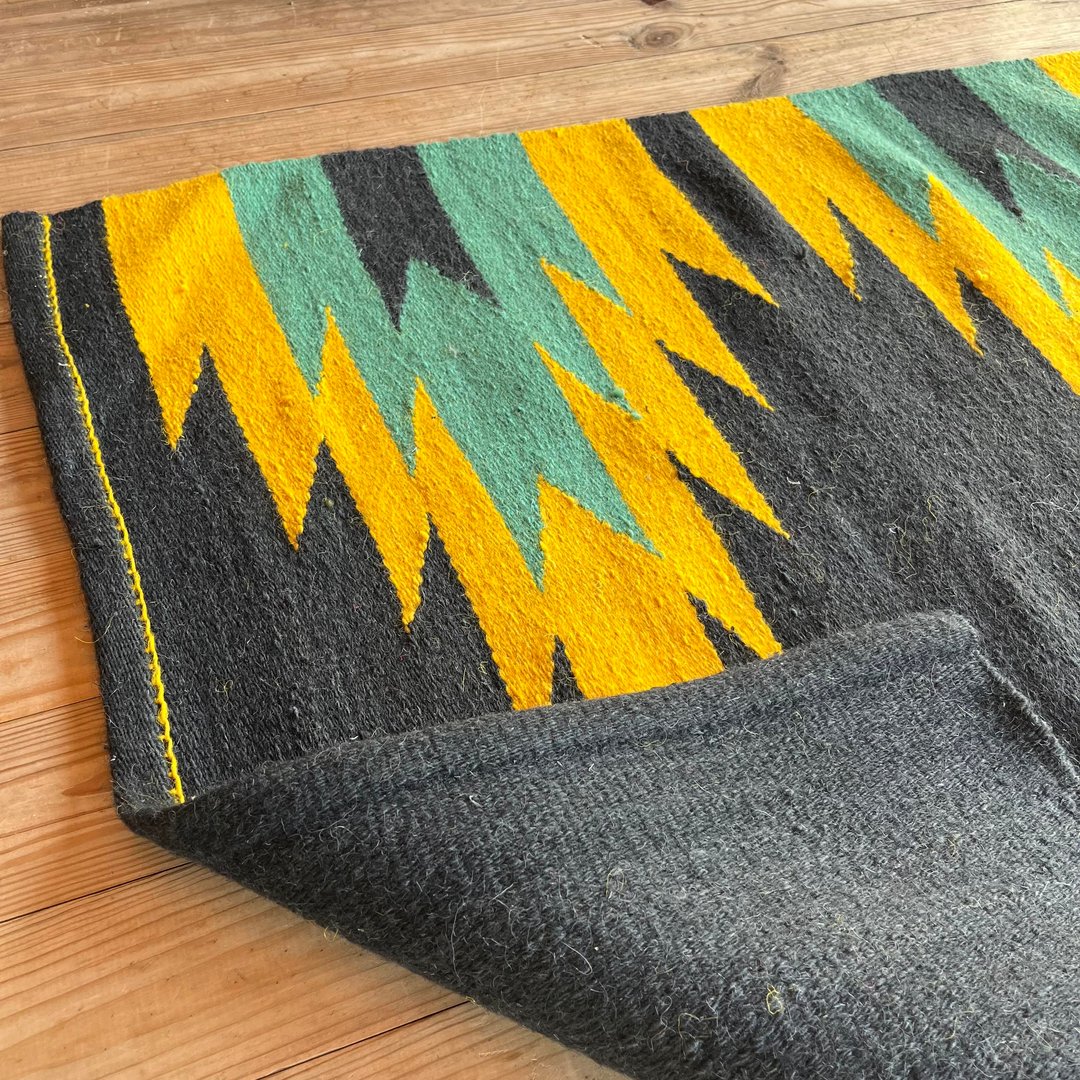Why Wool Kilims
Wool kilims have had a reputation for quality and durability for hundreds of years. Synonymous with luxury, they remain an incredibly popular kilim of choice for homeowners and in the housebuilding and hospitality sectors.
Wool as fibre can withstand pressure, has beautiful aesthetic and excellent appearance retention properties. It is also incredibly long-lasting when properly cared for, making it an excellent investment when it becomes time to replace existing kilims. If you’re considering purchasing a new kilim, wool is definitely a viable option.
Advantages of Wool Kilim
Durability and Strength
Wool provides superb performance with its long-lasting durability; it has a natural crimp, robustness and elasticity which means it can offer a 'bounce-back'. As such pile compression, tracking marks and shading are significantly reduced. This is why wool kilims can maintain such a good appearance over many years, if not decades.
Resistance to Dirt and Soiling
Wool is a completely natural fibre containing natural oils. These oils are resistant to dirt and will repel other oil-based soiling. Plus, as wool is an opaque fibre, dirt will be harder to see so your kilim will naturally appear clean. For the most part, all you will need to keep your kilim looking good is regular vacuuming.
Comfort and Warmth
There's nothing more luxurious than the comfort and warmth of a wool kilim. The wool acts as an insulator to keep your house warm, making it an energy efficient investment and a pleasure to have during the cold winter months. Wool will also absorb sound and will cushion the home against echoes and noise from the family.
Fire Resistant and Inflammable
Wool is naturally fire resistant and has an extremely slow ignition rate. As such, wool kilims are an incredibly safe material to use for kiliming in the home or commercial setting. Should a fire break out, the kilim fibres will melt rather than burn slowing, if not preventing, the spread of the fire.
Fall Friendly
The natural coil and softness of wool kilims will act as a cushion, preventing any serious injury from falls, whether from young children or older individuals. This is enhanced further when wool kilims are installed over a good quality underlay, which can provide further fall protection, amongst other benefits.
Hypoallergenic
The minute scales of the wool's fibres will hold fine dust until it is vacuumed, which will minimise any floating particulate in the atmosphere. The use of a good quality vacuum cleaner will then remove dust and dirt before it can cause irritation. Furthermore, wool is a natural 'smart' fibre and can help to create a balanced atmosphere in any home, meaning it also has the ability to absorb humidity in the air and will then release it back when the atmosphere becomes dry.
Natural and Sustainable
Wool grows on sheep or similar animals who require regular shearing. Shearing is a crucial part of caring for these animals and as such there is a fresh supply of wool available every year for the kilim industry making the material 100% natural and fully sustainable.
Biodegradable Material
Wool is biodegradable in soil, producing nitrogen, sulphur, carbon dioxide and water which are all plant nutrients. This makes 100% wool kilims an excellent choice for flooring as we become more focussed on the protection and preservation of the natural world.
Disadvantages of Wool Kilim
Naturally, nothing is perfect and there are some disadvantages to purchasing either natural or wool mix kilims which we’ve listed below.
Initial Cost
Whilst wool as a material is cheap and abundant, the high cost of wool kilims arises from the processing and production of a more ‘luxury’ product, as well as the cost to clean and maintain the product over the course of its lifespan. However, as well cared for wool kilims are likely to survive much long than other materials, this cost will even out in comparison to regularly replacing other kilims.
Stain Resistance
Although wool is naturally resistant to soiling and oil-based liquids, it is prone to being stained by non-oil-based liquids, especially those with strong pigmentation such as wine or coffee. The colour of foreign bodies will stick to the wool fibres and can be difficulty to remove, if not impossible.


